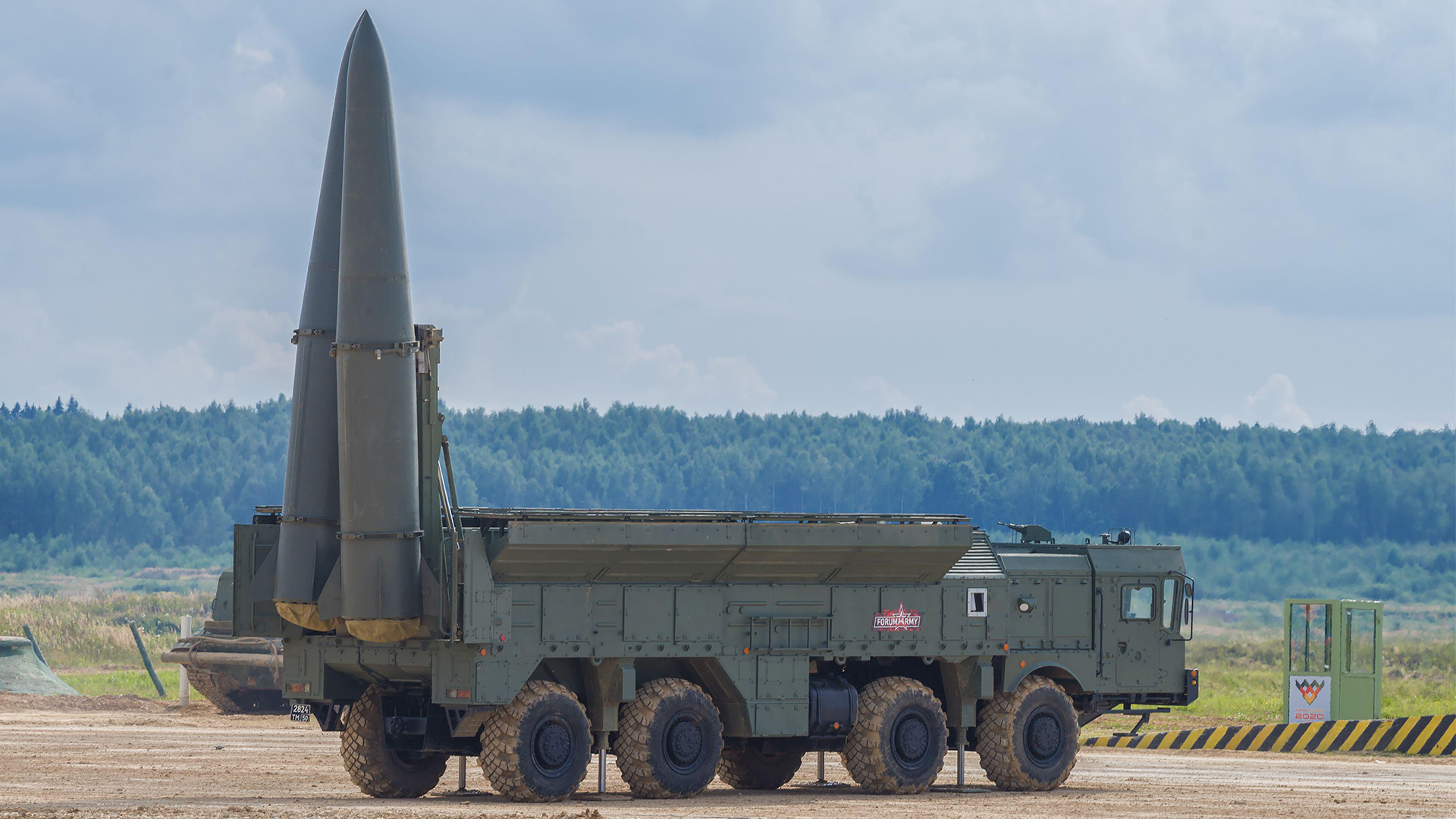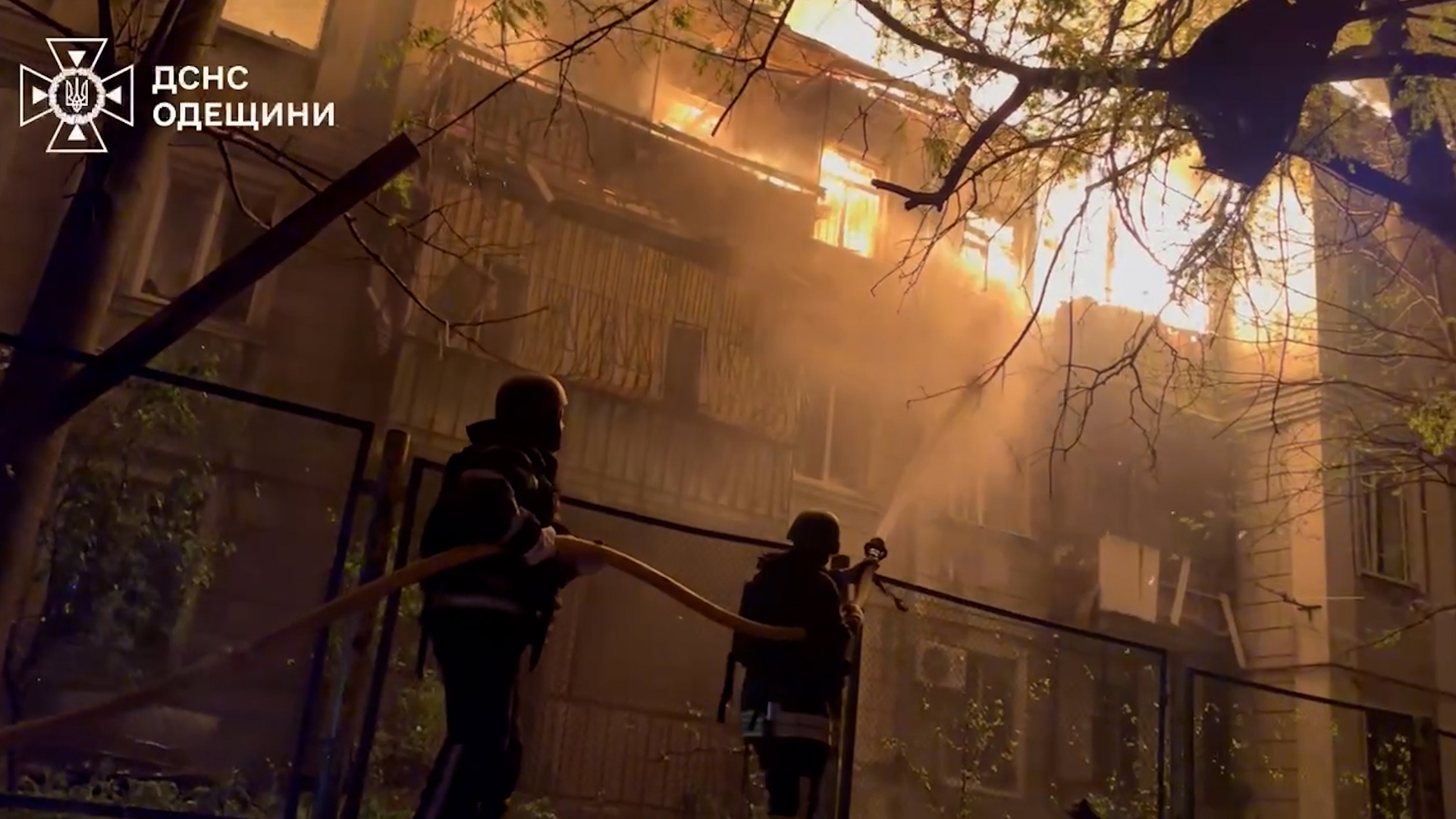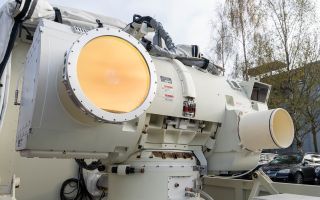Patriot-proof: More Russian missiles breaching Ukraine's US-made defences
Russia has been able to carry out numerous ballistic missile strikes despite the best efforts of Ukraine's US-made Patriot missile defence systems.
Moscow's two hypersonic favourites are the ground-launched Iskander-M and the air-launched Kinzhal.
Until recently, these were being intercepted by Patriot – but now something seems to have changed.
Fewer missiles are being fired at Ukraine – but more are getting through.
The interception rate between August and September this year rapidly dropped from 37% to just 6%.
Given that the Patriot air defence system uses algorithms to fine-tune its effectiveness against a given weapon, the interception rate should be improving, not getting worse.
So what's going on? Has Russia made its hypersonic missiles Patriot-proof?
But first, here's a reminder of what these missiles bring to Russia's so-called special military operation.
The Iskander-M short-range ballistic missile and Kh-47M2 Kinzhal air-launched missile are hypersonic, and therefore difficult to intercept.
The Kinzhal, known by Nato as the Killjoy, is a nuclear-capable air-launched weapon, fired from platforms such as the MiG-31K.
The Iskander-M is a ground-launched ballistic missile, flying high on a curved path before diving down at high speed.

So have the Russians upgraded or tweaked – either materially or with software – their favoured ballistic missiles to behave differently to confuse Patriot systems?
A Financial Times report citing officials claims they have.
The evidence? Well, that drop in intercepts mirrors missiles being observed to deviate from predictable paths at the last minute, with sharp manoeuvres, steep dives or terminal shifts.
It would be no surprise as Russia continues to probe and experiment with ways to defeat Ukraine's air defences, even as it tests Europe's too, with a series of drone incursions.

If such a missile upgrade is true, the rise in successful strikes strengthens the case for not only sending more Patriot systems to Ukraine, which currently has only six fully operational, but also for urgent software upgrades to counter this new tactic.
It also reinforces the need to replenish stocks of Patriot missiles in Ukraine, which are being rapidly depleted as Moscow ramps up its airstrikes.
The war in Ukraine – and Russia's fast-evolving tactics of attack and the testing and drawing out of its adversaries' air defence strengths and weaknesses with drones – is a wake-up call for air defence across Europe.
A second Cold War is here, and its chill is spreading across the borders of Nato's allied nations on its eastern flank.
It's time for every layer of air defence to be strengthened to show the West's enemies it's a force to be reckoned with.









